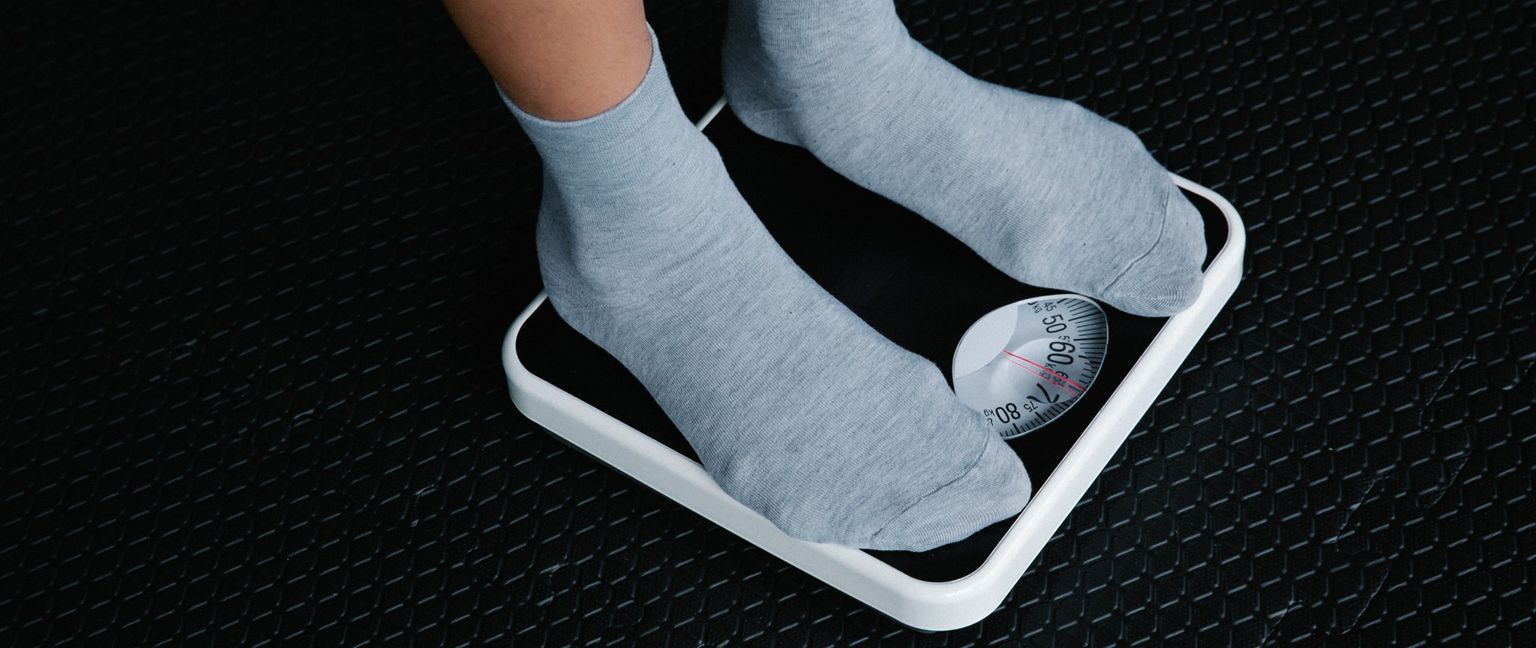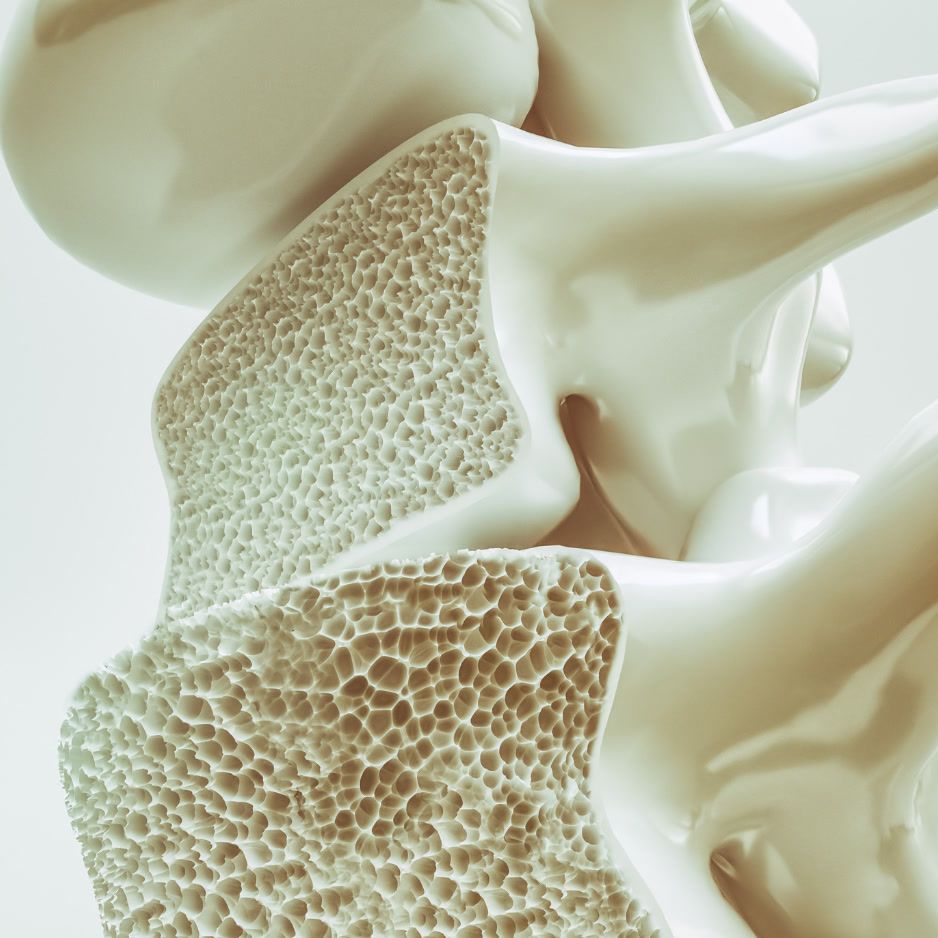Body Fat vs Body Mass: What's the Difference?

When it comes to measuring body composition, two terms are commonly used: body fat and body mass. While these terms are often used interchangeably, they are not the same thing. Body mass refers to the total weight of a person's body, while body fat refers to the amount of fat tissue in the body. It is possible for two people to have the same body mass but different body fat percentages.
Get weekly updates.
What are the Flaws of BMI?
Body mass index (BMI) is a widely used method for determining whether someone is underweight, normal weight, overweight, or obese. However, BMI has several flaws that limit its accuracy. Some of these flaws include:
- BMI does not differentiate between muscle mass and fat mass. As a result, it may overestimate body fat in athletes or people with a lot of muscle mass and underestimate body fat in older adults or people with little muscle mass.
- BMI does not take into account where the fat is located in the body. Visceral fat, which accumulates around the organs, is more harmful to health than subcutaneous fat, which is located just beneath the skin.
- BMI does not consider differences in body shape or bone structure, which can affect the accuracy of the measurement.

How Important is Body Fat to Health?
Having too much body fat can increase the risk of several health problems, including heart disease, stroke, diabetes, and certain cancers. In addition, carrying excess weight can put strain on the joints and lead to musculoskeletal problems. On the other hand, having too little body fat can also be problematic, as it can lead to nutrient deficiencies and a weakened immune system.
How do BodySpec DEXA Scans Help Identify Body Fat?
BodySpec DEXA scans use dual-energy X-ray absorptiometry (DEXA) technology to measure body composition. This technology can differentiate between fat mass, lean mass, and bone mass, providing a more accurate picture of a person's body composition than BMI or other methods. In addition, DEXA scans can show where fat is located in the body, which is important for assessing health risks associated with excess body fat.
Article Highlights:
- Body fat refers to the amount of fat tissue in the body, while body mass refers to the total weight of the body.
- BMI has several flaws, including its inability to differentiate between muscle mass and fat mass, its failure to account for where fat is located in the body, and its inability to consider differences in body shape or bone structure.
- Having too much or too little body fat can lead to health problems.
- BodySpec DEXA scans use DEXA technology to measure body composition and can provide a more accurate picture of a person's body composition than BMI or other methods.


